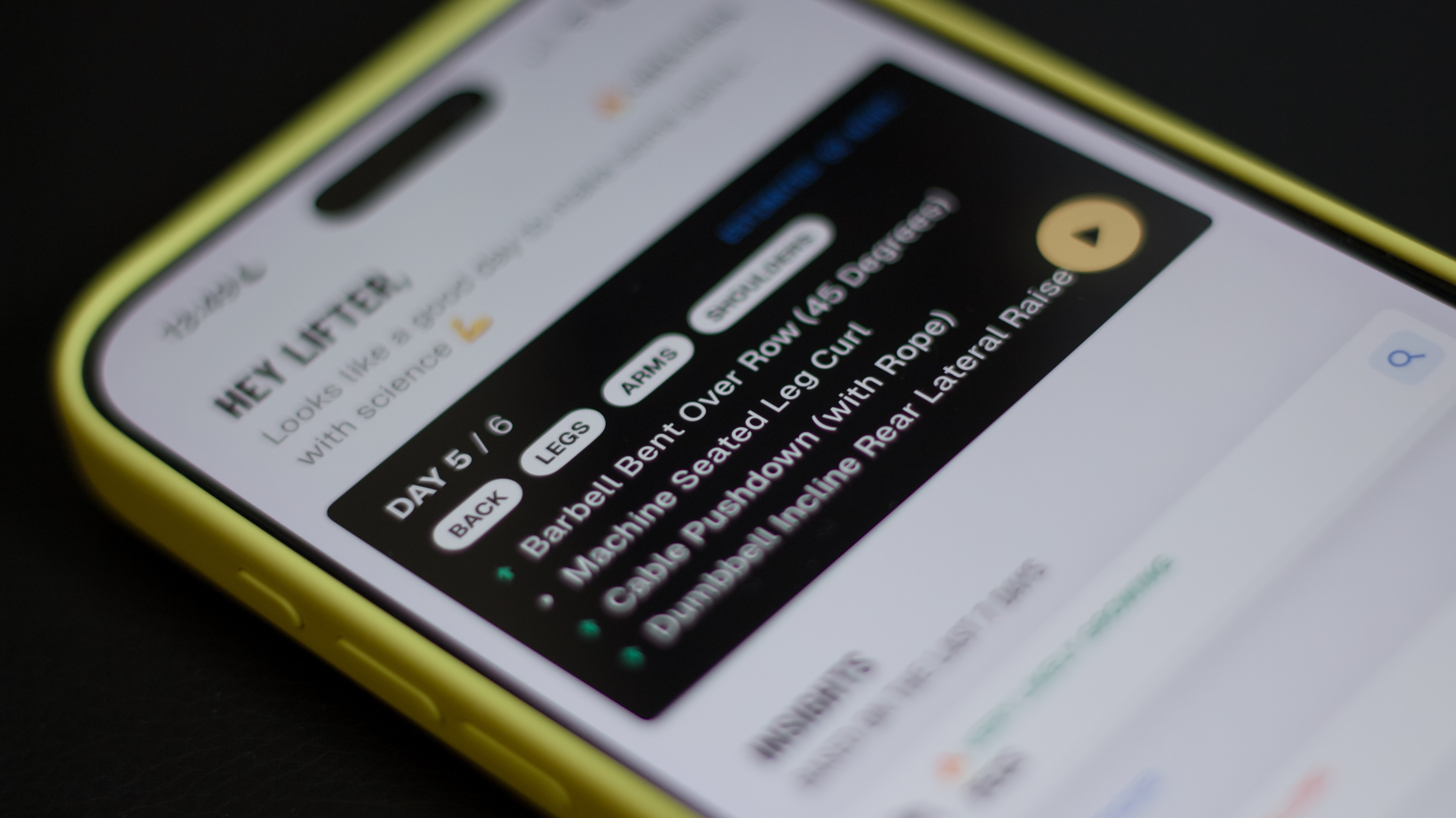TechRadar Verdict
With its incredible interface and AI-powered workouts, PUSH is a fantastic muscle-building app with almost no flaws.
Pros
- +
Comprehensive AI-generated programs
- +
Extremely clean interface
- +
Built-in rest timer
- +
Excels at progressive overload
Cons
- -
Occasional AI quirks and glitches
- -
Only useful for muscle and strength work
- -
No volume control for rest timer
- -
Requires some level of gym equipment
Why you can trust TechRadar
Push Two minute review
After an entire year as my fitness companion, PUSH Workout & Gym Tracker has become an indispensable part of my training regime. PUSH is the brainchild of fitness influencer and YouTuber Joe Delaney, and is designed to do one thing extremely well. It’s an app made to help you build muscle as quickly as possible, using AI-powered workout routines, strict exercise tracking, and measured progressive overload.
The first thing you notice about PUSH is its sleek and well-built interface. Workout and fitness apps can often be a cacophony of bright colors, images, text, and numbers everywhere, but not so with PUSH. You can tell that real effort has gone into the user interface and the experience of using the app. The fonts, menus, and icons are all well-thought-out, spacious yet comprehensive. There are just a few colors set against the white background, a traffic-light system helps signal progress, PBs, and plateaus at just a glance.
When using PUSH for the first time, you’ll be asked to generate a workout plan. Plans are flexible, but range between three and six sessions a week. You also get to pick your preferred split (gym lingo for your sequence of training sessions), choosing between either "full-body" sessions or "push-pull-legs". The latter is more familiar to most gymgoers, but the former is the most optimal split, with muscles grouped together to minimize crossover fatigue.
You’ll also be asked about your sleep and stress levels, training experience, and muscles to focus, before finally the level of equipment available to you. You can even substitute certain exercises from your plan before you start, and over time the app will make recommendations if you generate new plans, so as increasing or decreasing your workout frequency. The plan generation software is really simple and easy to use, so you always feel like you get the right program for you.
Once you’ve got your program, it’s time to get started. You can view upcoming workouts and scroll between days to see what’s on the agenda, giving you a nice overview of how the week is panning out. You’ll probably be surprised to find a pretty diverse mix of exercises over the course of your week. You’ll often find yourself training legs, back, shoulders, chest, arms, core, and more on the same day or together in ways you might not expect, but it’s all part of the optimization process at the heart of PUSH. A bit unfamiliar at first, I’ve definitely felt the benefits of switching up my training routine and spreading the load more evenly across different muscle groups.
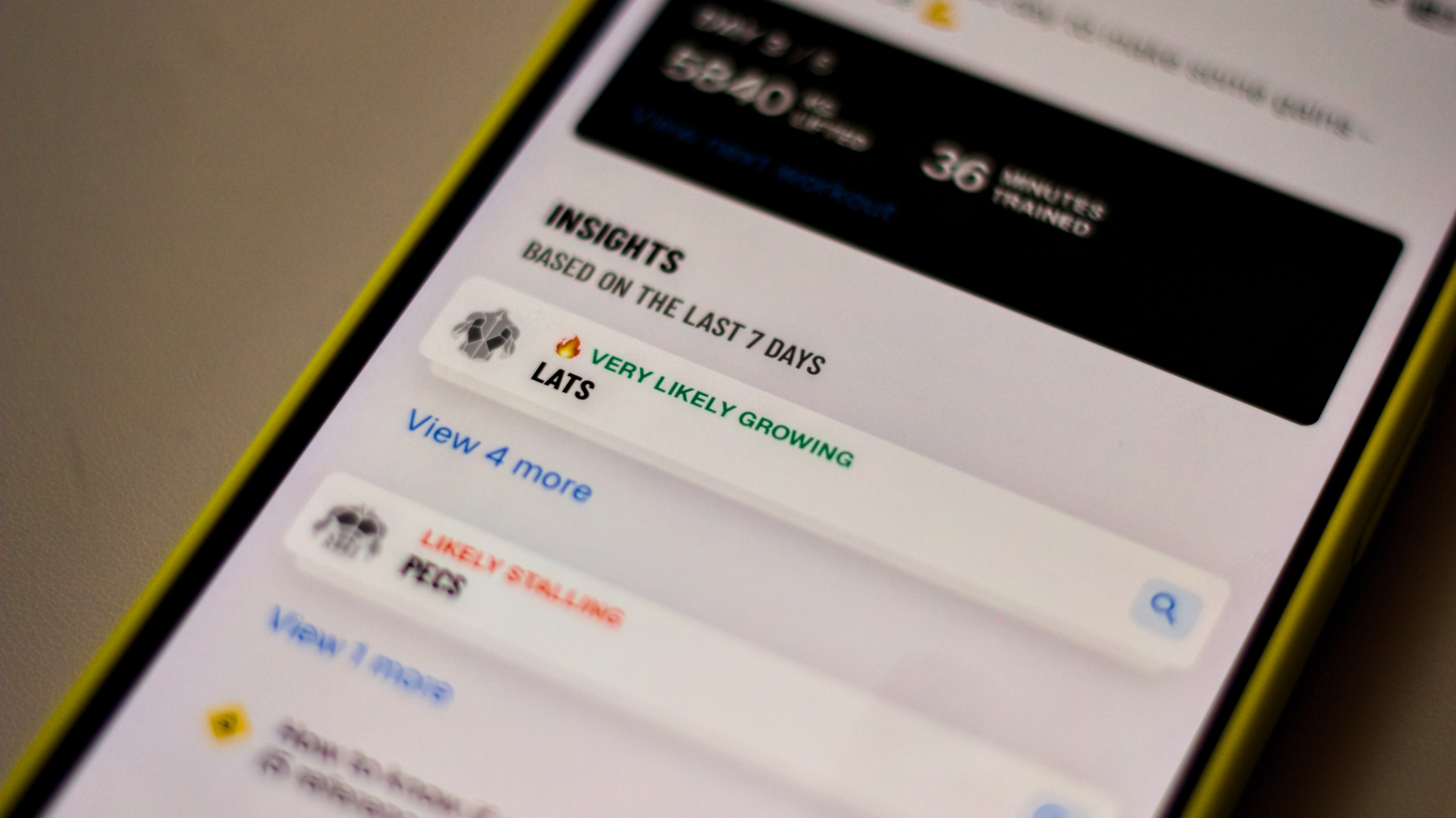
Workouts are broken down into phases, so you’ll start with a strength phase of high-weight, low-reps, with three or more minutes of rest. Then you move on to stabilized compounds like lateral pulldowns, before ending with a pump phase of lower weight, higher reps, and reduced rest. For each exercise, you’ll get very clearly marked target weights and reps, and you simply tick the box by tapping on it with your thumb to mark off a set and start your rep timer. You can manually adjust the entries if you fall short of your target reps, or you lift more weight than listed in the app.
Over time, the AI will track your progress, and it'll eventually suggest a new weight or an increased number of reps. This will become clearer over time as you use the app, but it’s highly motivating and gives you an amazing sense of progress. If you stall, it’ll recommend a "plateau breaker" exercise, or you can attempt the exercise again. You can also switch out exercises on the fly during workouts, too.
Sign up for breaking news, reviews, opinion, top tech deals, and more.
The app presents progress over your last seven days, highlighting muscles that are likely growing or stalling, which can help you refocus your efforts as you exercise. Each exercise is accompanied by a helpful animated guide video, although beginners might find the lack of instructions a bit daunting.
There are a couple of quirks to using PUSH. I don’t love that there’s no volume control for the rest timer. It’s tied to the volume of your music (at least on iPhone), so the louder your music or podcast, the louder the beep at the end of your rest period. The AI also isn’t infallible; recently I plateaued at a 100kg bench press, and the AI suggested I try a plateau breaker of 1002.5 kg, instead of 102.5kg.
It feels unfair to mark the app down for only serving one purpose, however, prospective users should be aware that PUSH is only tailored towards building muscle mass in the gym. You won’t find any Pilates, mobility, cardio, or any other discipline here: this is purely strength-based. The only other possible drawback is the price: at $89.99 / £89.99 / AU$144.99 , the yearly subscription is a big commitment, and some people might find the monthly cost too much to stomach compared to the price of, say, Apple Fitness Plus or Fitbod.
Generally, however, the app has been a joy to use in the 12 months that I’ve been a customer and is well worth the financial investment. And there’s more to come, creator Delaney has teased changes coming to the app on his Instagram, so there’s never been a better time to get on board with what is undoubtedly one of the best fitness apps on the market.
Push: Price and availability
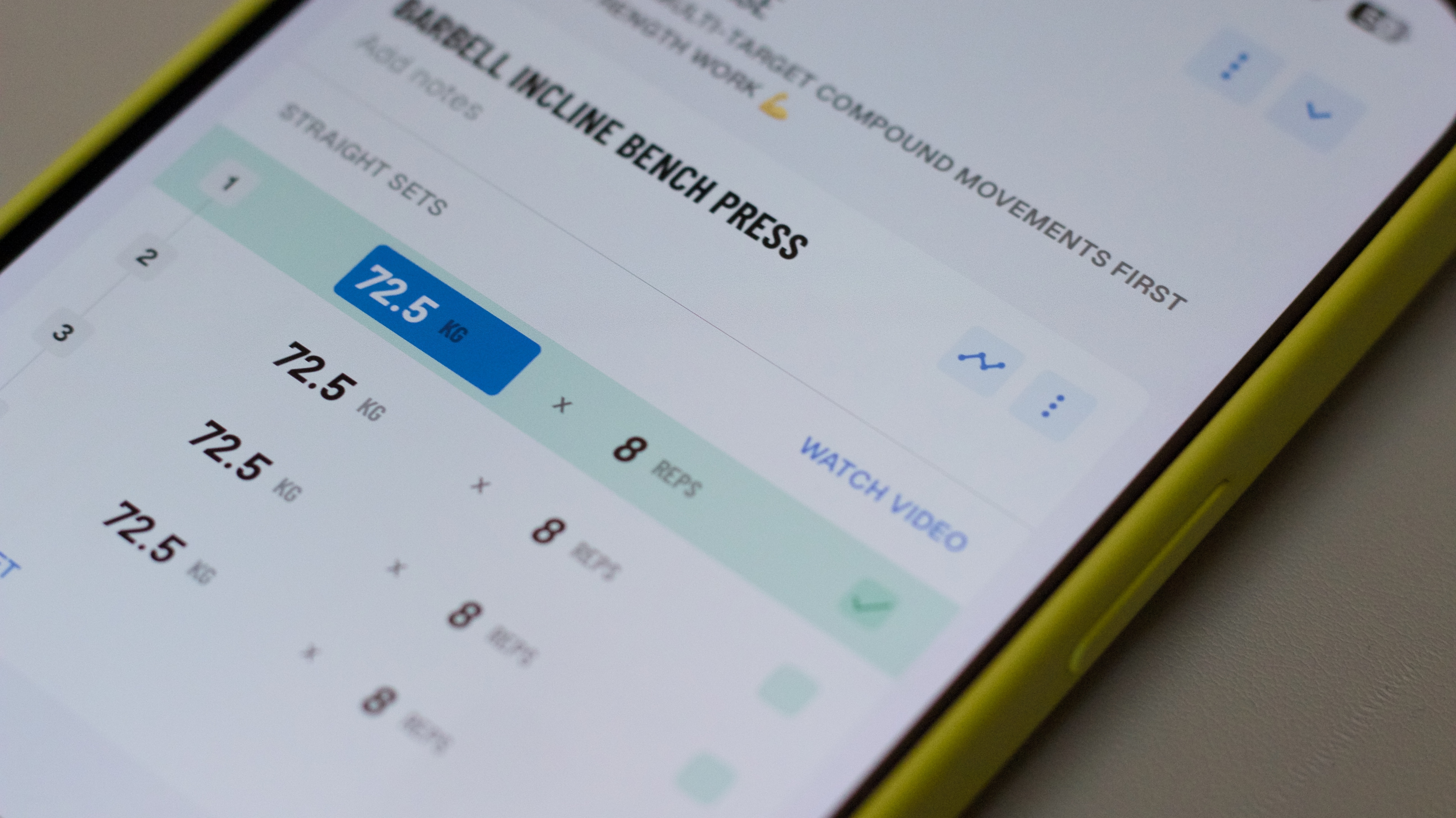
The Push app is available globally on Apple’s App Store for iPhone and the Google Play Store for Android. There’s a brief free trial available, after which you’ll pay $89.99/£89.99/$AU$144.99 a year or $15.49/£14.99/AU$23.49 a month to use it.
Push: Specifications
| Platforms: | iOS (Tested), Android |
| Price: | $89.99/£89.99/AU$144.99 a year or $15.49/£14.99/AU$23.49 a month |
| Pairs with device: | iPhone or Android smartphone |
| Guided content: | AI-powered muscle and strength workouts |
| Video content: | Exercise Guidance |
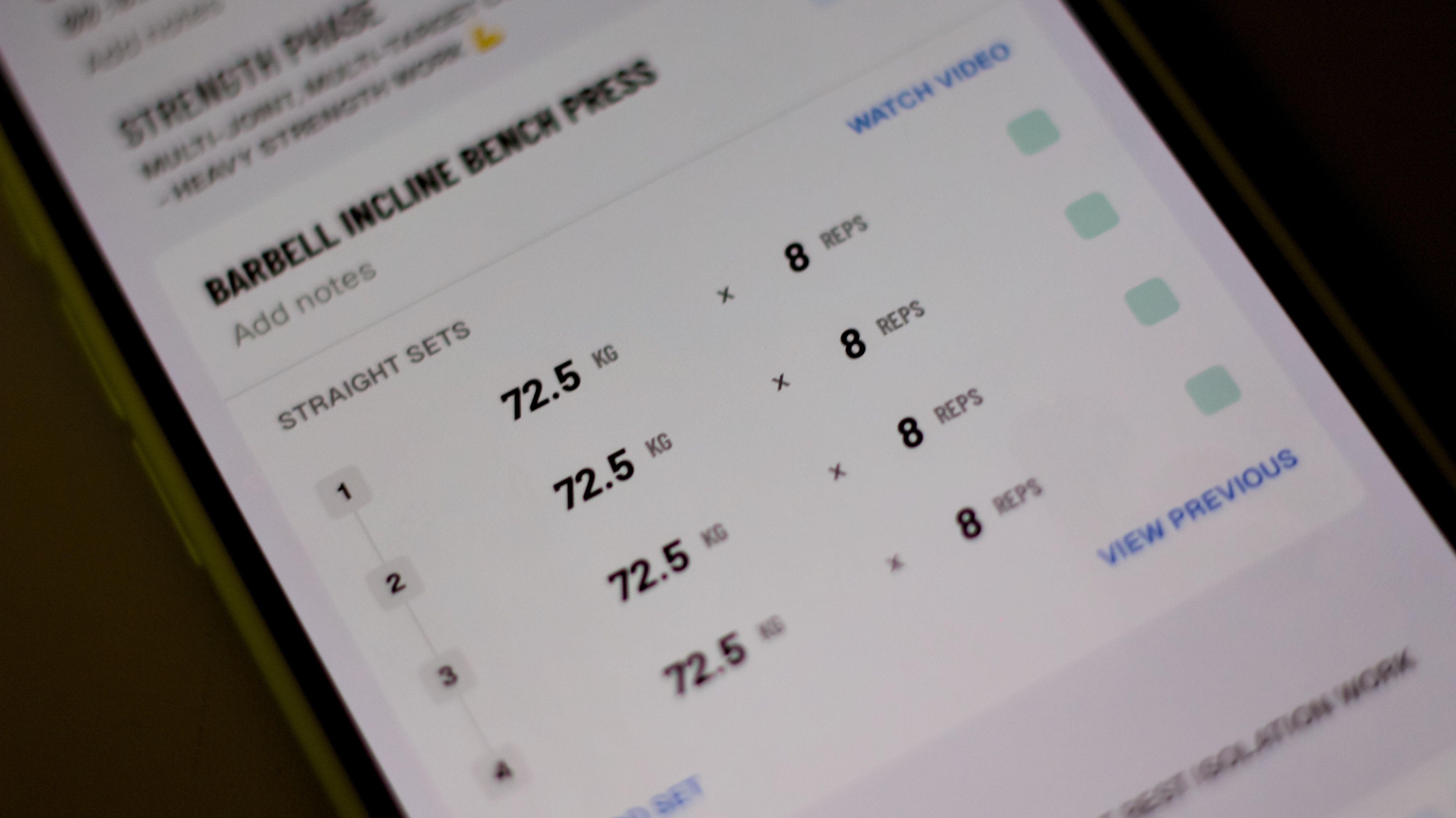
Push: Scorecard
| Category | Comment | Score |
| Value | Definitely on the pricey end when it comes to fitness apps, but I’ve found it invaluable. | 4/5 |
| Design | The design of this app is arguably its greatest feature, the interface is a joy to use and makes tracking workouts a delight. | 5/5 |
| Features | Very strong AI-powered program generation, workout and rest tracking, and a collection of peer-reviewed literature. | 5/5 |
| Performance | Strong overall, but AI progressive overload can sometimes be quirky, and there’s no volume control for the rest timer. | 4.5/5 |
| Total | A brilliantly designed app with very few flaws. | 4.5/5 |
Push: Should I buy?
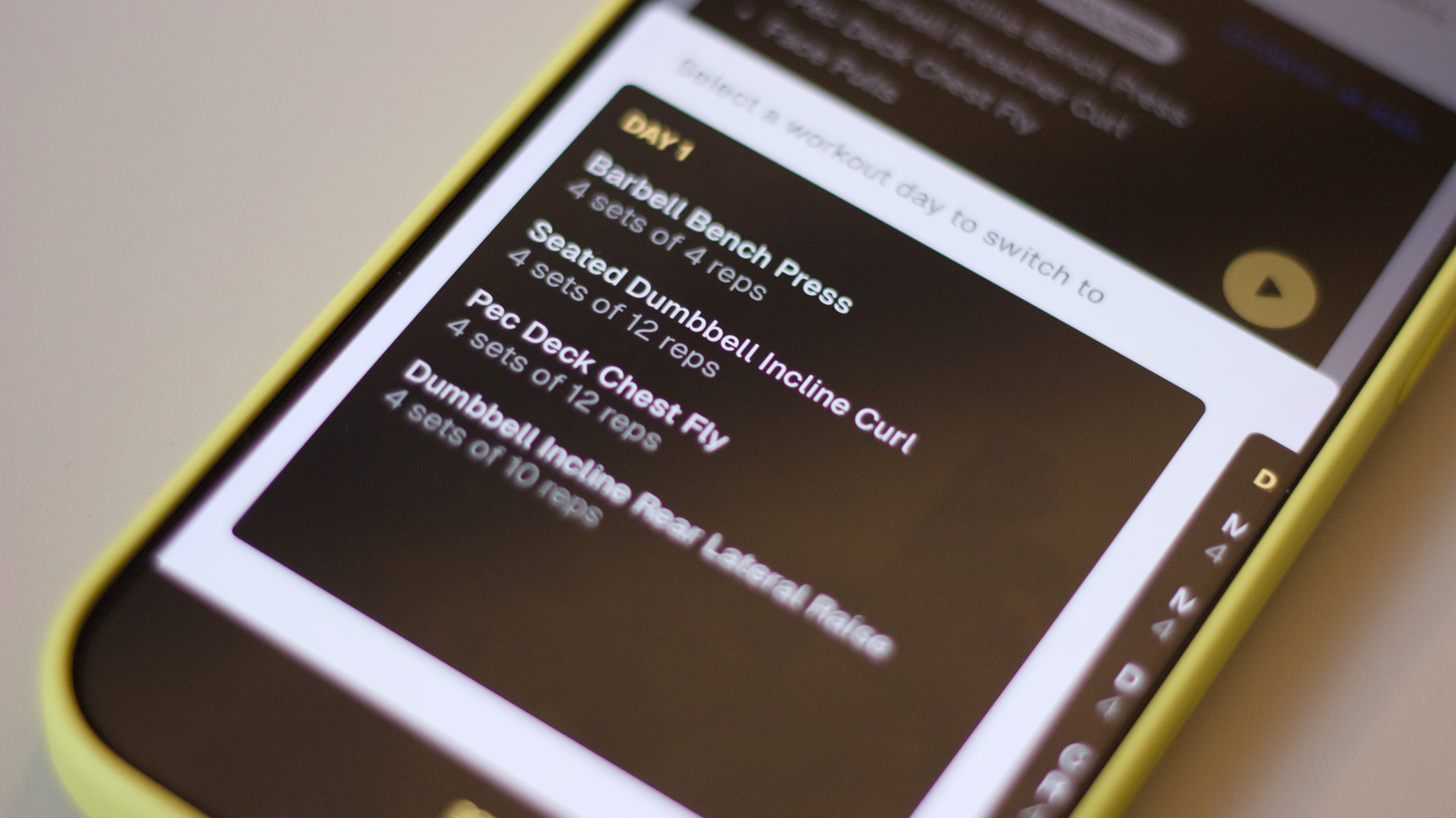
Buy if it...
You want to build muscle in the gym
This is one of the purest fitness apps on the market for building muscle mass.
You want a structured workout tracker with progressive overload
PUSH excels at tracking your workout progress and keeping you focused during sessions.
Don't buy it if...
You want a free or cheap workout app
PUSH is more expensive than other options on the market.
You want a fitness app for anything other than muscle-building
PUSH does not include any other type of exercise or nutrition guidance.
Also consider
| Row 0 - Cell 0 | Push | Apple Fitness Plus | Fitbod |
| Platforms: | iOS, Android (Tested) | iPhone, iPad, Apple TV | iOS and Android |
| Price: | $89.99/£89.99/$AU$144.99 a year or $15.49/£14.99/$23.49 a month | $9.99 / £9.99 / AU$14.99 per month | $12.99 / approximately £10 / AU$20 per month |
| Pairs with device: | iPhone or Android smartphone | Apple Watch | Phone, companion app available for Apple Watch. |
| Guided content: | AI-powered muscle and strength workouts | Wide range of exercises and disciplines | Multitude of exercises |
| Video: | Exercise Guidance | Extensive workout class library | Guided demonstration video for each exercise |
Fitbod
A pocket personal trainer with huge range of exercises that caters to all skill levels.
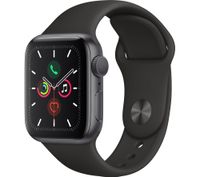
Apple Fitness Plus
Slightly cheaper, Apple Fitness Plus features a more diverse array of content with a focus on guided video classes, with disciplines including Pilates, Kickboxing, Yoga, and more.
How I tested
I’ve paid to use PUSH for one year, and have used it six times a week every week for the last 12 months. I’ve generated multiple fresh plans to follow, and have used its features over the course of an entire year by performing a daily workout with the help of the app. All of my testing was done on an iPhone 15 Pro Max or iPhone 16 Pro Max.
First reviewed: OCtober 2024

Stephen Warwick is TechRadar's Fitness & Wearables writer with nearly a decade of experience covering technology, including five years as the News Editor of iMore. He's a keen fitness enthusiast and is never far from the local gym, Apple Watch at the ready, to record his latest workout. Stephen has experience writing about every facet of technology including products, services, hardware, and software. He's covered breaking news and developing stories regarding supply chains, patents and litigation, competition, politics and lobbying, the environment, and more. He's conducted interviews with industry experts in a range of fields including finance, litigation, security, and more. Outside of work, he's a massive tech and history buff with a passion for Rome Total War, reading, and music.
